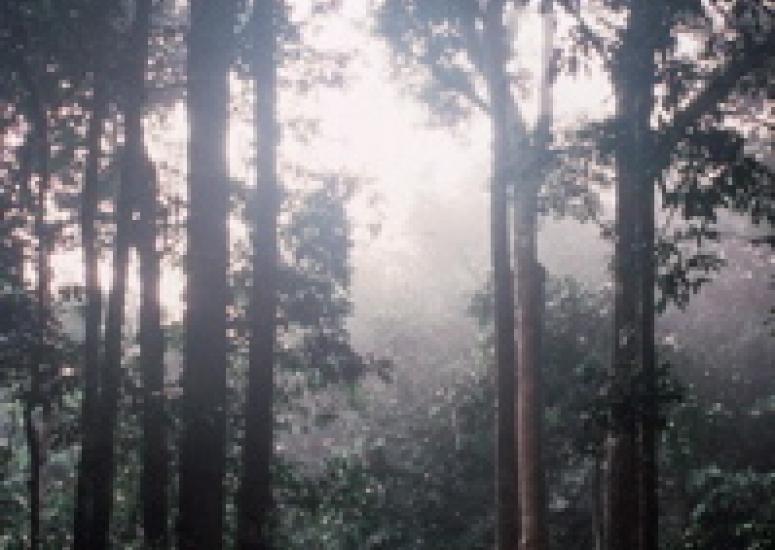-
Expanding computer science for the geosciences
Matthew Woitaszek, NCAR's Computational and Information Systems Lab • It doesn't take long to figure out that this computer scientist is in his dream job, where he spends much of his time collaborating with physical scientists.
- Supercomputing
-
RSS News Feeds from NCAR & UCAR
Really Simple Syndication (RSS) delivers the latest content of your choosing to your Web browser, email program, or RSS reader. Some feed readers are available at no cost.
-
Public Affairs Contacts
Contacts for public affairs, education, government affairs, and member relations.
-
NCAR & UCAR Communications
Communications provides a wide range of services to help the public, the news media, and staff stay current on NCAR and UCAR research, education, and services. We encourage and facilitate staff interaction with colleagues and the world at large.
-

Seeing REDD+: A bright spot in the forest
Amid the strife of the Copenhagen climate summit, one area of acknowledged progress was in ways to help preserve tropical forests and their vast stores of carbon in developing countries.
- Climate
